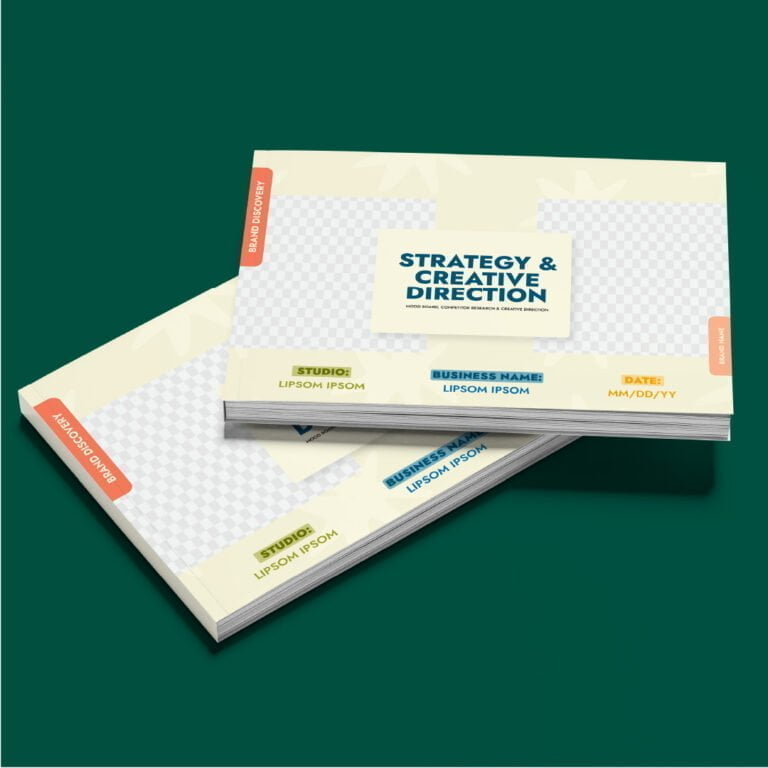User experience (UX) design and user interface (UI) design are crucial elements when creating successful products that provide meaningful and relevant experiences to users. While both terms relate to design and are often used interchangeably, they differ.
Key Takeaways:
- UX and UI design are distinct but related product development components essential for creating successful products.
- The techniques used in UX and UI design include user research, wireframing, prototyping, and testing.
- UX and UI design trends change yearly, with current trends including dark mode, 3D design, and minimalist design.
- UX and UI design play a critical role in business growth by helping companies create unique products that differentiate them from competitors.
- UX writing is becoming an increasingly important part of the UX design process, enabling companies to craft concise, user-friendly microcopy for their products.
- Mobile app development requires special consideration of UX and UI design principles to ensure users have a positive experience when using the app.
What is User Experience (UX) Design?
User experience (UX) design is the process design teams use to create products that are easy to use and provide a positive experience for users. It focuses on understanding the user’s needs and goals, and designing products that meet those needs most effectively and efficiently possible. UX design involves empathy, defining the problem, ideation, testing, and prototyping.
What is User Interface (UI) Design?
On the other hand, user interface (UI) design deals with a product’s visual elements, such as color, layout, and typography. Its primary goal is to make a product visually appealing and easy to use, providing a clear and efficient pathway for users to interact with the product.
The Differences and Similarities between UX and UI Design
While the two fields are different, they are closely related and often work together. UX design is focused on the user’s overall experience with a product, while UI design is focused on the product’s visual appearance and how it interacts with the user. In other words, UX design handles the whole interaction process, including how it feels, and UI design focuses on the on-screen part of it. Both are essential aspects of the design process and must be done well for a product to succeed.
Techniques Used in UX and UI Design
Various techniques are used in UX and UI design to create products that provide meaningful and relevant experiences to users. Some of these techniques include:
- User research: This involves studying user behavior and needs to understand their goals and motivations, preferences, pain points, and more.
- Wireframing: This is the process of creating a basic product layout, allowing designers to understand how content will be laid out and how users will interact with it.
- Prototyping and testing: This involves creating functional prototypes of the product to test with users, allowing designers to get feedback and make changes based on that feedback [6].
The Importance of UX and UI Design in Product Development
UX and UI design are essential components of product development for various reasons. Both design aspects enable companies to create products tailored to the user experience, ensuring greater user satisfaction, better engagement levels, and increased product adoption.
Well-designed products are easy to use and intuitive, meaning users can quickly understand how the products work and become proficient at using them. This improves a product’s functionality, making it easy to navigate, thus making users more productive and efficient in their work or personal lives.
Poor UX or UI design, on the other hand, can lead to frustrated users, reduced adoption and engagement levels, and negative feedback or reviews. Therefore, a company must invest in both UX and UI design to ensure users a positive and smooth experience when using their products.
Trends in UX and UI Design
Like other areas of design, UX and UI design trends change from year to year. Some current trends include dark mode design, 3D design, and minimalist design. These design trends focus on improving user experience and making the product visually appealing. Designers adopt these trends to create unique, fresh, and modern designs that attract users to their products. However, designers must exercise caution and select trends that will work for their target audience while also keeping brand consistency in mind.
The Role of UX and UI Design in Business Growth
Through UX and UI design, companies can differentiate their products from those of competitors. This helps create a unique company brand, maintain a loyal customer base, and promote business growth. Companies that invest in UX and UI design can improve their customer engagement rates and retention.
The Importance of UX Writing
UX writing is becoming increasingly important in UX design. UX writing involves crafting microcopy, user interface copy, notifications, and other text-based content present on a website or product. UX writers need to keep concise, user-friendly content that helps customers interact with the product in mind. UX writing is essential to improve user experience by ensuring that the language and context are understandable and relatable.
The Role of UX and UI Design in Mobile Apps
In recent years, mobile app development has become more prevalent, and the importance of UX and UI design in mobile apps cannot be overstated. With nearly 75% of the world’s population expected to use mobile devices by 2025, ensuring that mobile apps are user-friendly and visually appealing is critical.^[[8]] Mobile app UX design involves considering functionality, usability, and accessibility.
FAQ:
What is User Interface (UI) Design?
User interface (UI) design deals with the visual elements of a product, such as color, layout, and typography. Its primary goal is to make a product visually appealing and easy to use, providing a clear and efficient pathway for users to interact with the product.
What is User Experience (UX) Design?
User experience (UX) design is the process design teams use to create products that are easy to use and provide a positive experience for users. It focuses on understanding the user’s needs and goals, and designing products that meet those needs most effectively and efficiently possible.
What’s the difference between UX and UI design?
While UX and UI design are related, they are different. UX design is focused on the user’s overall experience with a product, while UI design is focused on the product’s visual appearance and how it interacts with the user. UX design handles the whole interaction process, including how it feels, while UI design focuses on the on-screen part of it.
What are the 4 principles of UX design?
The four principles of UX design are:
- Understand the User
- Identify the Problem
- Design and Test the Solution
- Iterate and Improve
What are the 5 principles of UX design?
The five principles of UX design are:
- Simple and Usable
- Intuitive
- Consistent
- Aesthetically pleasing
- Relevant and Efficient
What are the 7 principles of UI UX design?
The seven principles of UI UX design are:
- Useful
- Desirable
- Accessible
- Credible
- Valuable
- Usable
- Findable
What are the 5 stages of UI UX design?
The five stages of UX and UI design are:
- Empathize
- Define
- Ideate
- Prototype
- Test
What are UX design principles?
UX design principles are the fundamental tenets that form the foundation of UX design. These principles help designers create products that are easy to use and provide a positive experience for users. Some of the most important UX design principles include simplicity, clarity, consistency, and accessibility.
What are the main principles of UX design?
The main principles of UX design include:
- Simplicity
- Clarity
- Consistency
- Accessibility
- Flexibility
- Familiarity
- Desirability
- Delight.









